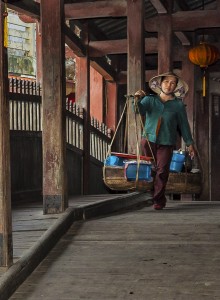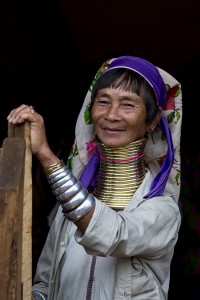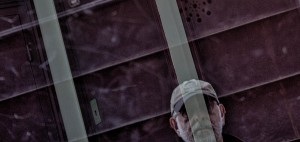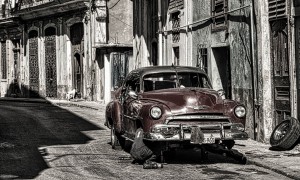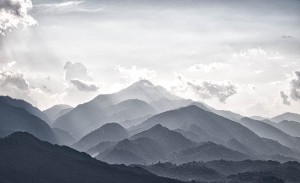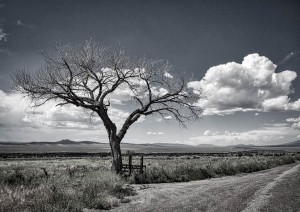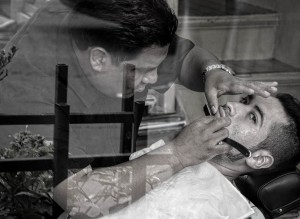Capturing Local Culture
by Roger Nelson, One of Our Photographers in Indochina
What does it take to capture the local culture in your photos?
Architecture and landscapes can make great backdrops but they rarely identify the culture. To capture the culture, you need to photograph the local people, activities and details.
Let’s start with people.
People dress differently around the world and capturing images of local people helps to identify the differences. In some countries there are many different cultures with different styles of dress so you should photograph local people in each location you visit. If you can find someone dressed in traditional clothing, you definitely want to capture that but you should also photograph people dressed in modern clothing as this tells you something about which other cultures are being adopted.
Learning to photograph people in natural light can be challenging but, if you work at it, it will become a skill that improves your travel photos. The first thing you must learn is how to approach people that you want to photograph. If you photograph people from a distance so they don’t know you are taking their picture, you will occasionally get a good photo but for the best photos you need to be up close and personal and this requires permission. Your first approach should be to raise the camera and ask if you may take a photo. Even if they don’t understand you, they probably know your intent when they see the camera and will nod their approval or wave you away. If they don’t want their picture taken, respect their wishes and move on but don’t take the rejection personally.
Try someone else.
I have found that at least half of the people I come across are willing to let me take their picture. In some cases it is free and in other cases they expect something in return. Ask your guide for advice on what to give and how much so as not to offend people or turn them into full time models expecting the same high payment from someone else. In my travels, I try to avoid paying individual people and instead find ways to help the whole village, usually through the head of the village. Money and basic gifts such as school supplies, cooking supplies and laundry supplies that can be shared are always well received and allow more freedom to walk around and take photos as I wish.
There are several ways to photograph people.
You can focus on their face, for example, if their makeup, hair or jewelry are interesting or you can capture their whole body in the image if their clothing, footwear or something they carry is more interesting. The best way to capture the local culture, however, is to photograph people doing something. Photograph an activity. When I travel, I am always looking for festivals, celebrations, markets, schools, games, craftspeople and farms to capture people in their daily lives. I like different modes of transportation too. How do they get to work and school? How do they move goods?
As long as you are respectful of the wishes of local people, your people photography will evolve if you take some time.
Start by photographing people that are willing to be photographed. Usually kids will volunteer if no one else will. Then show them their images. Most people love to see an image of themselves (or their kids) and chances are good that they will agree to a photo of themselves if they like the one you took of someone else. Pretty soon you will be thinking of ways to make even better photos and everyone is helping you. Would that girl look better framed in that window? Should we have the teacher pointing at something on the blackboard? Your guide can help you so why not try it? You will never be satisfied with ‘grab shots’ again.
Another way to capture the local culture is to photograph the details.
When we travel, we tend to see the ‘big picture’ and we want to capture the whole scene in one picture but this often overlooks details that help define the culture. Small things like jewelry, clothing, decorations, food, utensils, signs, religious artifacts and many more details make great close up photos that complement the big pictures to better demonstrate the culture.
Capturing local culture in your photos takes time though.
When you are somewhere you have never been before, there is so much to see and photograph that the cultural shots are not usually thought of until the architecture and landscape photos are taken. If you are on a regular tour, it is very difficult to find enough time to take cultural shots so I recommend photo tours that focus on this type of photography. Find a guide that knows the local culture and is willing to help you with your photography too. You will be happier with your photos and have better stories to tell about your travels.
Join me and my Asian guides on a photo tour of ethnic cultures in Southeast Asia next April with
A Different Perspective! CALL NOW 415-331-3791 or email teri@differentperspectivetours.com
May your travel and your photography both be rewarding!
Roger Nelson
Travel Photographer

